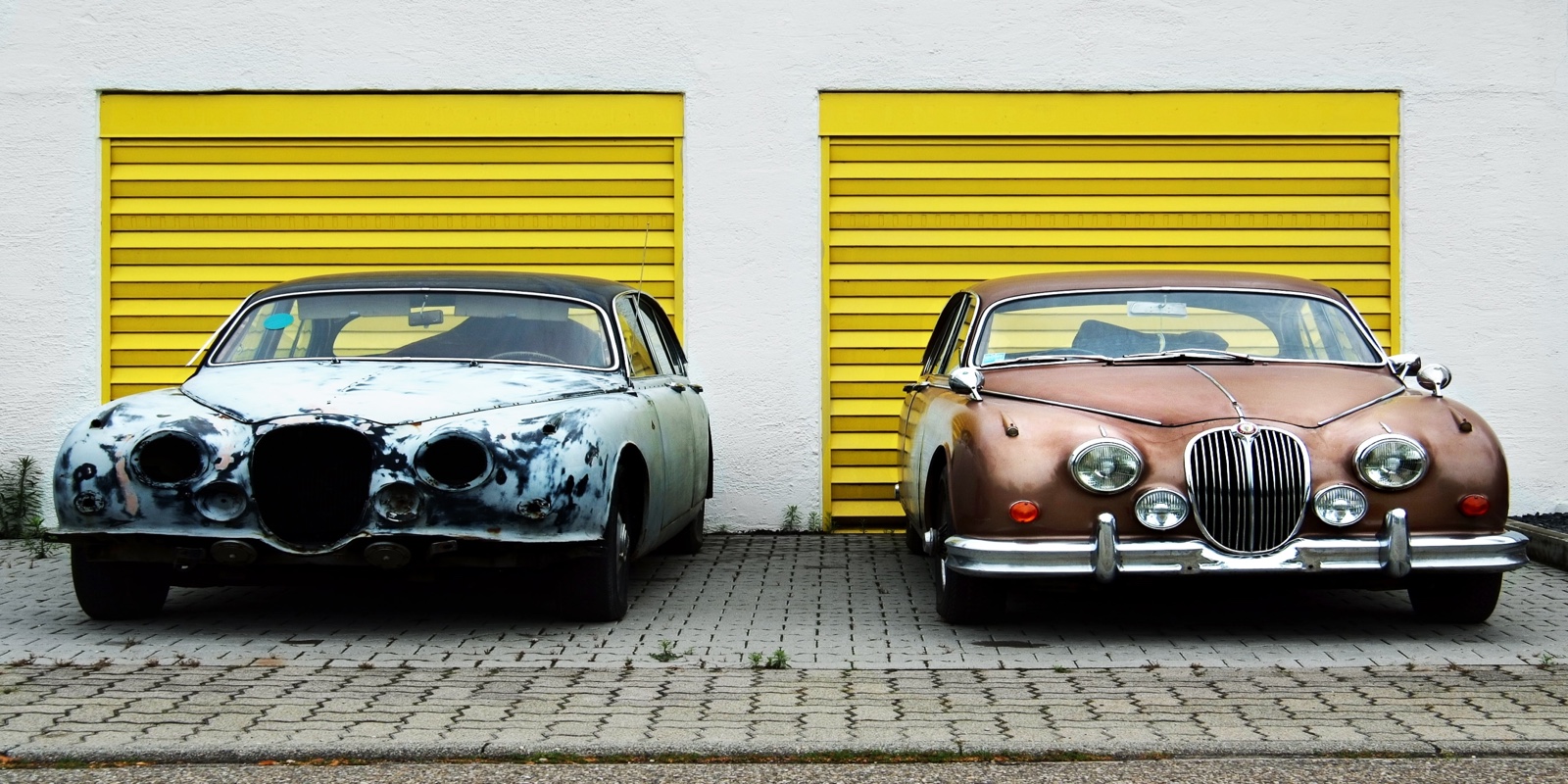Restoring a classic car sounds exciting to many car enthusiasts, but the cost of parts, repairs, and upgrades adds up. With the right approach and budget-conscious strategies, a classic car restoration project doesn’t need to drain your bank account. Consider these practical tips and tricks to help maximize your budget and restore the car of your dreams.
1. Do Your Research
Before starting a new restoration project, spend some time planning and researching. This will help you avoid unexpected costs and setbacks. Begin by setting a realistic, responsible budget based on the scope of the project and the condition of the car. You’ll want to search online forums for information about the make, model, and year of a classic car, understanding its unique requirements and common issues.
If there is a classic car restoration group in your community, its members are probably happy to share their firsthand insight. Reach out to experienced restorers and consult relevant resources such as a trusted mechanic to gather advice. This knowledge will help you estimate costs more accurately, prioritize tasks, and make informed decisions throughout the restoration process.
2. Choose the Right Project Car
Some choices just do not lend themselves to a budget restoration. Extremely rare models, for example, might make it difficult to find replacement parts. Your best bet is to choose a car that is in relatively good condition and needs minimal structural repairs. Look for cars that may have cosmetic issues but possess solid frames and engines.
Avoid vehicles with extensive rust damage or major mechanical issues, as these can quickly escalate restoration costs. Patience is key when searching for a project car whose restoration fits within your budget. Attend local car shows, auctions, and classified ads to find the needle in the haystack that can be restored affordably.
3. DIY Whenever Possible
The more of the restoration work you can do yourself, the more money you will save. Depending on your automotive skill and level of knowledge, you may need to hire a professional for some tasks. However, by learning tasks you can complete on your own, you avoid labor costs and gain valuable skills along the way. Start by tackling simpler tasks such as interior cleaning, removing trim, or sanding.
As your confidence grows, you might feel comfortable with more complex tasks, like painting, electrical work, or minor engine repairs. However, it’s essential to know your limitations and seek professional help for tasks that require specialized knowledge or tools. Overestimating your own abilities is a surefire way to derail your progress and waste money overall.
4. Source Affordable Parts
Since buying replacement parts comprises one of your biggest project expenses, finding affordable parts will help you stick to your budget. Explore options like local classified ads and online marketplaces for used and discounted parts. Salvage yards often have hidden treasures and sell parts at significantly lower prices.
Join classic car enthusiast communities and forums. Fellow restorers may have spare parts to sell or trade. When purchasing new parts, compare prices from different suppliers. Consider aftermarket products, which can be less expensive than original equipment manufacturer (OEM) parts while still being high quality.
Another budget conscious strategy is to buy parts as you go. It might seem counterintuitive but buying parts ahead of time may leave you with extra or incorrect items. If you wait to source parts until just before you reach that step in the restoration process, then you’ll know exactly what you need. You won’t waste money on unnecessary components.
5. Sell What You Don’t Need
As you work on your project car, you might remove parts you don’t need or want that still function. Use the same local resources to sell or trade these. If the parts are small and shippable, you can also list items on eBay. Don’t worry about making a huge profit. Price items competitively and sell them quickly to free up more cash for your restoration.
6. Prioritize Essential Repairs
When working with a limited budget, create a limited set of priorities that prioritizes essential repairs above cosmetic enhancements. Focus on ensuring the car’s safety, reliability, and drivability. Mechanical repairs like engine rebuilding, brake system overhauls, and suspension repairs should take precedence. Addressing critical issues early on can prevent more significant and costly problems down the road. Once essential repairs are completed, you can choose which cosmetic upgrades will fit in your remaining budget.
7. Make Budget-Friendly Cosmetic Improvements
Not all cosmetic improvements are expensive, which is good news for your project budget! Simple actions like cleaning, polishing, and detailing can breathe new life into the appearance of your classic car with just a few simple tools. DIY projects like painting small components yourself will help decrease your costs. Upholstery repairs or replacements can be done in stages, focusing on the areas that need immediate attention. Consider alternative materials or upholstery kits to save money while achieving a refreshed interior look.
Taking on classic car restoration project on a budget requires careful planning, research, and a resourceful approach. By setting realistic expectations and performing much of the work yourself, you can achieve a stunning result without financial strain.
